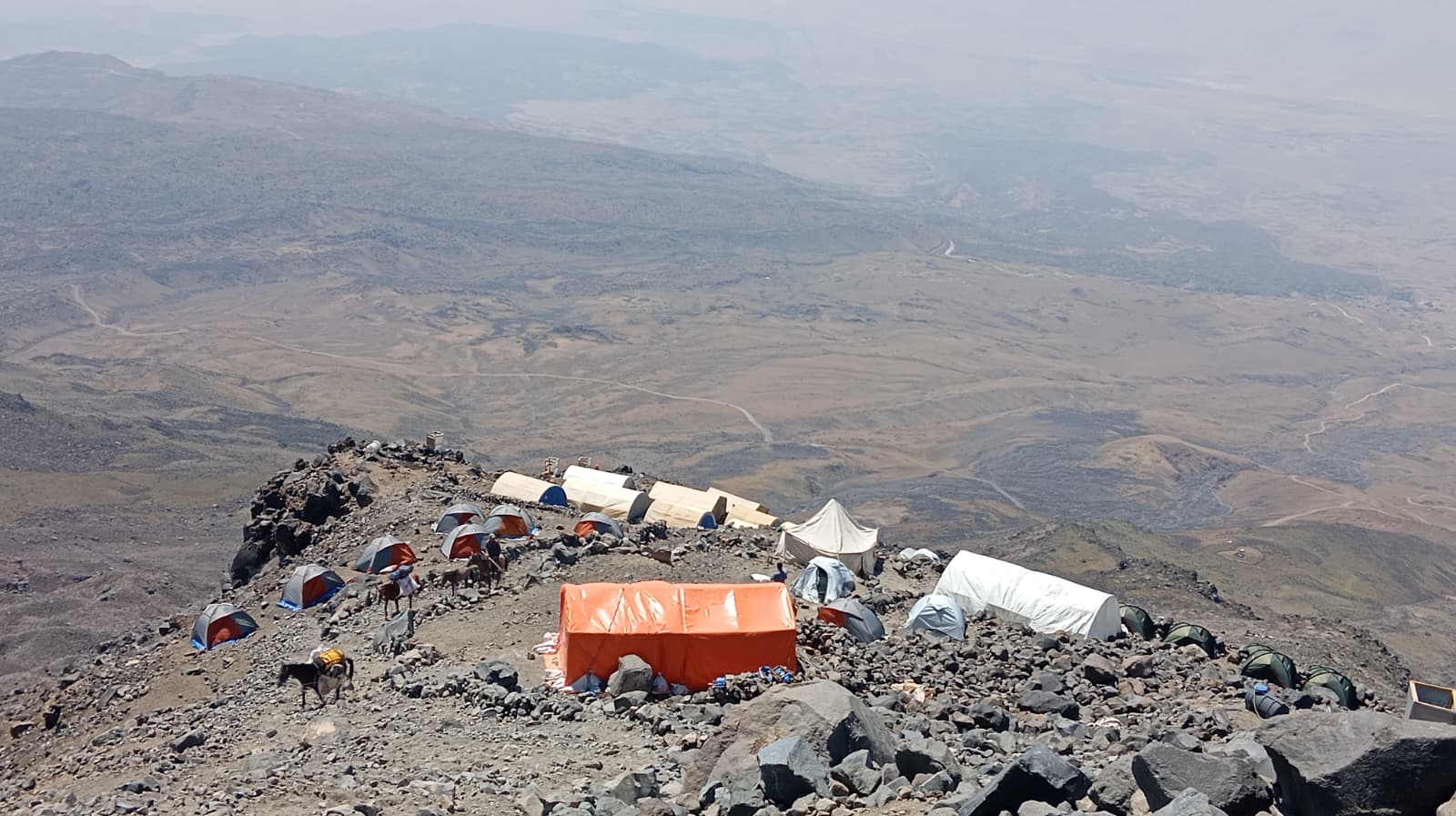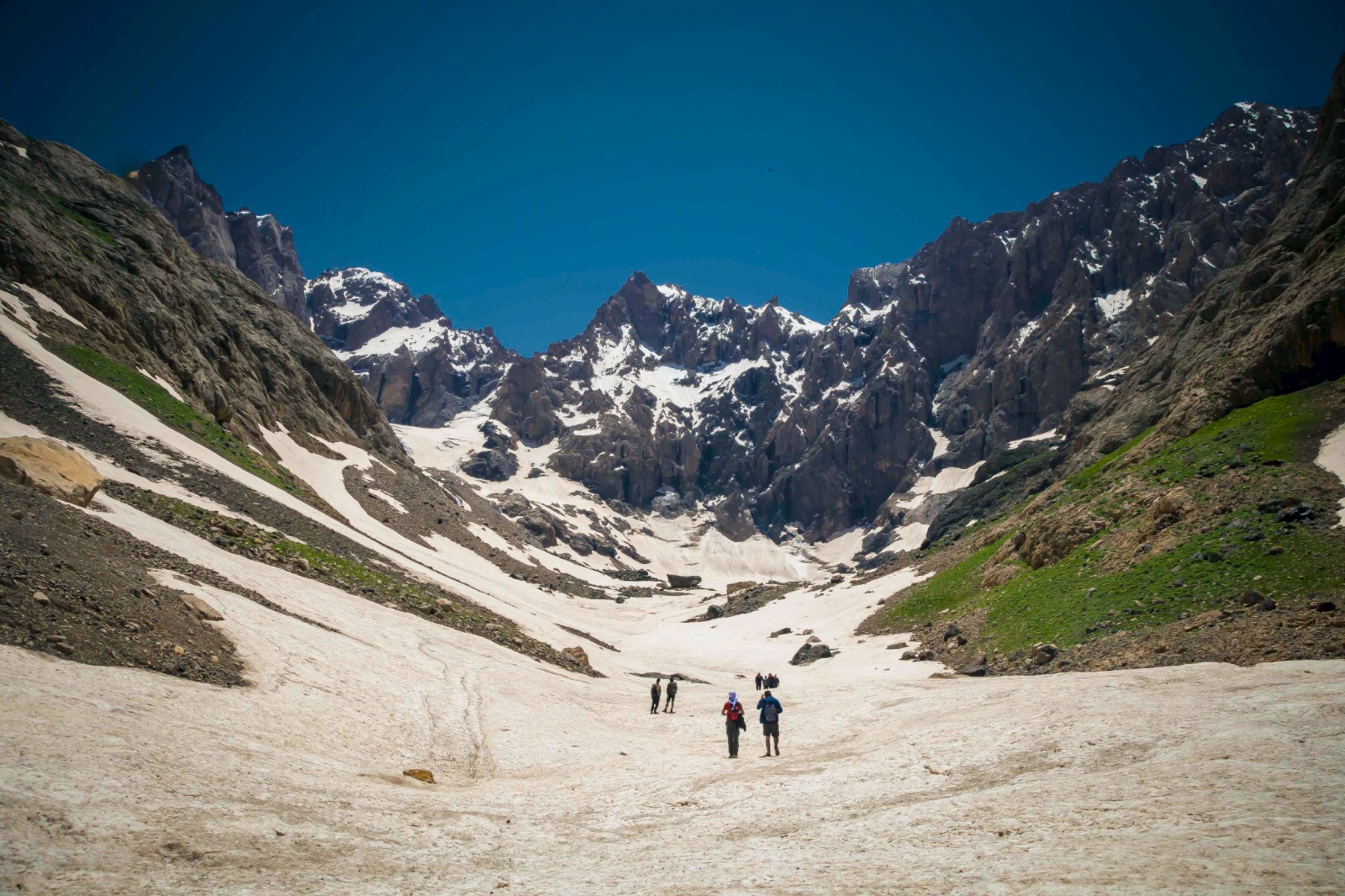
Why Do People Fail When Climbing Mount Ararat?
- Failure to Adapt to High Altitude (Acute Mountain Sickness)
Rapid ascent makes it difficult for the body to adapt to altitude. Many people have to abandon the climb due to symptoms such as headache, nausea, and dizziness.
- Physical Inadequacy and Insufficient Training
Mount Ararat requires serious conditioning. Those with low endurance or those who come without adequate preparation give up, especially on the steep slopes at the end.
- Cold and Harsh Weather Conditions
Rapidly changing weather conditions, ice, and extreme wind can make climbing impossible. It is difficult to resist these conditions without the proper equipment.
- Weak Mental Endurance
Loneliness, fatigue, lack of sleep, and pressure during the climb test a person’s mental resilience. Loss of motivation and panic reduce the chance of success.
- Improper Nutrition and Lack of Fluid
Not taking in enough energy and water weakens the body. This increases fatigue and directly affects performance.
- Lack of Equipment or Incorrect Use
If equipment such as appropriate shoes, poles, layered clothing are missing or used incorrectly, both performance decreases and the safety risk increases.
- Moving Without a Guide or Plan
Climbing without a guide and without control by people who do not have mountaineering knowledge results in loss of direction, incorrect route selection or progressing in dangerous conditions.
- Errors in Time Management
Starting late or progressing slowly affects the time to reach the summit. After sunset, the weather cools significantly and visibility decreases, forcing a return.









Leave a comment: